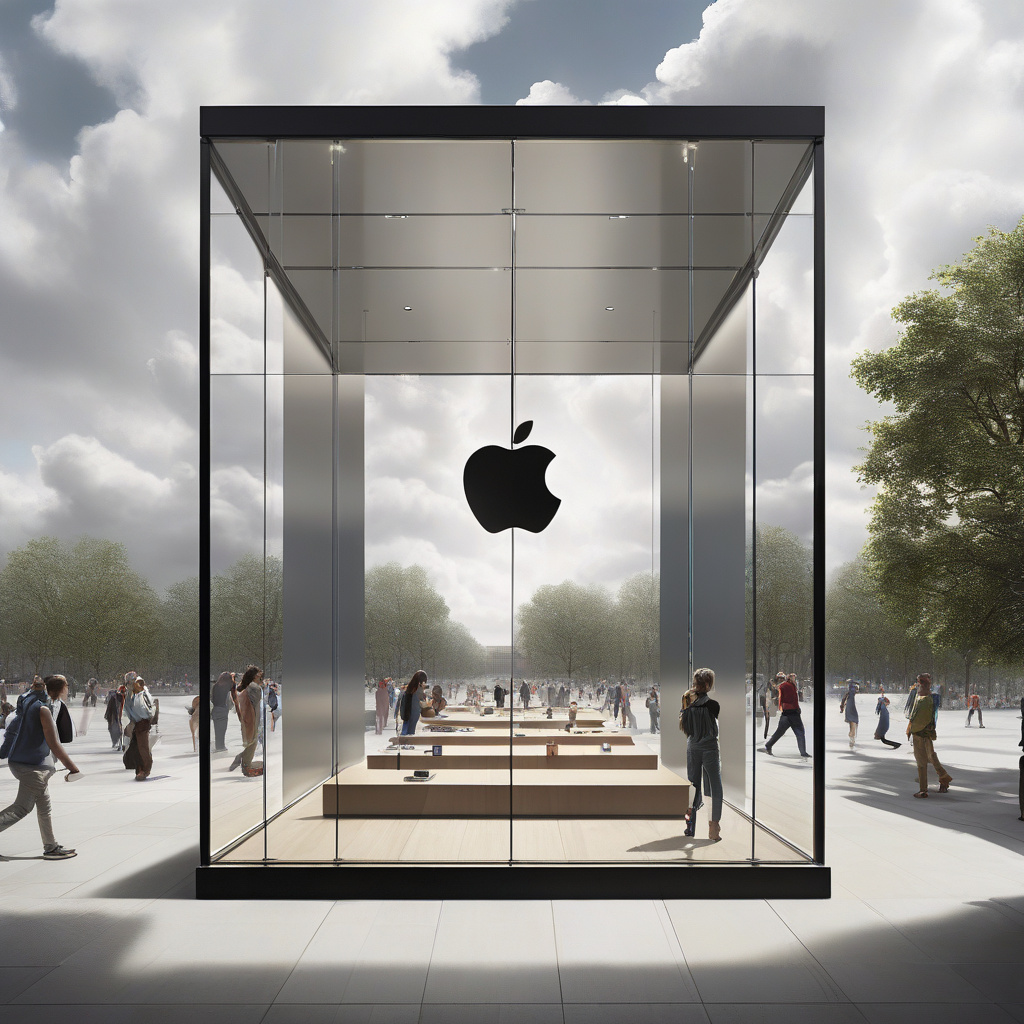Big Trouble, Big Changes for Apple’s iPhone 17
Apple’s iPhone 17 is gearing up to be a game-changer, but amidst the anticipation for this revolutionary device, a storm is brewing. The global political landscape, especially the ongoing trade war with China, poses significant challenges for Apple’s supply chain. The availability of crucial raw materials and components is under threat, potentially jeopardizing the production and launch of the highly-anticipated iPhone 17.
What to Expect from the iPhone 17 Range
Despite these hurdles, the iPhone 17 promises groundbreaking features that could reshape the smartphone market. From a faster A19 Pro 3nm processor to significant camera enhancements, including a massive 48MP rear camera and a 24MP front camera, Apple is set to deliver an unparalleled user experience. Additionally, the introduction of the C-series 5G modems and the iOS 19 software update showcase Apple’s commitment to innovation and cutting-edge technology.
The redesign of the iPhone 17 series, featuring the sleek iPhone Air model and advanced AI capabilities, sets the stage for a new era in smartphone technology. With the integration of new modems and enhanced software, Apple aims to captivate consumers with a blend of sophistication and functionality.
Trouble at the Mill
However, the specter of component supply issues looms large over Apple’s ambitious plans. The intricate web of global trade agreements is unraveling, leading to disruptions in the procurement of essential components. From rare earth materials to specialized manufacturing tools, every aspect of Apple’s supply chain is feeling the impact of geopolitical tensions and trade restrictions.
Navigating this complex landscape requires Apple to rethink its sourcing strategies and manufacturing processes. While temporary measures like airlifting iPhones to evade tariffs may offer short-term relief, the long-term implications of strained trade relations could pose substantial challenges for Apple’s operations.
Complex Components and Price Pressures
The intricate nature of iPhone components, sourced from diverse international markets, adds another layer of complexity to the supply chain woes. With countries like China imposing restrictions on critical exports, Apple faces the daunting task of securing a stable supply of components for its flagship devices. This uncertainty not only affects manufacturing timelines but also raises concerns about product quality and availability.
Moreover, the post-globalist trade environment introduces pricing uncertainties for Apple. While cost-saving measures like reducing licensing fees for 5G modems may help offset some expenses, the overall impact of higher production costs cannot be ignored. As Apple navigates through these challenges, consumers can expect a mix of pricing strategies, with certain models potentially commanding premium prices to offset increased manufacturing costs.
In conclusion, while the iPhone 17 promises to be a technological marvel, its success hinges on Apple’s ability to adapt to the evolving trade dynamics and supply chain disruptions. As the smartphone industry faces unprecedented challenges, Apple’s resilience and innovation will be put to the test in bringing the iPhone 17 to market amidst turbulent times.
Stay updated on the latest tech insights by following me on social media platforms like BlueSky, LinkedIn, and Mastodon.

